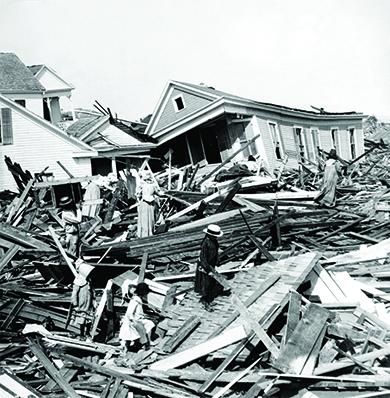| << Chapter < Page | Chapter >> Page > |
Progressives also pushed for democratic reform that affected the federal government. In an effort to achieve a fairer representation of state constituencies in the U.S. Congress, they lobbied for approval of the Seventeenth Amendment to the U.S. Constitution, which mandated the direct election of U.S. senators. The Seventeenth Amendment replaced the previous system of having state legislatures choose senators. William Jennings Bryan, the 1896 Democratic presidential candidate who received significant support from the Populist Party, was among the leading Progressives who championed this cause.
In addition to making government more directly accountable to the voters, Progressives also fought to rid politics of inefficiency, waste, and corruption. Progressives in large cities were particularly frustrated with the corruption and favoritism of machine politics, which wasted enormous sums of taxpayer money and ultimately stalled the progress of cities for the sake of entrenched politicians, like the notorious Democratic Party Boss William Tweed in New York’s Tammany Hall. Progressives sought to change this corrupt system and had success in places like Galveston, Texas, where, in 1901, they pushed the city to adopt a commission system. A hurricane the previous year ( [link] ) had led to the collapse of the old city government, which had proved incapable of leading the city through the natural disaster. The storm claimed over eight thousand lives—the highest death toll from a natural disaster in the history of the country—and afterwards, the community had no faith that the existing government could rebuild. The commission system involved the election of a number of commissioners, each responsible for one specific operation of the city, with titles like water commissioner, fire commissioner, police commissioner, and so on. With no single political “boss” in charge, the prevalence of graft and corruption greatly decreased. The commissioner system is widely used in modern cities throughout the United States.

Another model of municipal government reform took shape in Staunton, Virginia, in 1908, where the citizens switched to the city manager form of government. Designed to avoid the corruption inherent in political machines, the city manager system separated the daily operations of the city from both the electoral process and political parties. In this system, citizens elected city councilors who would pass laws and handle all legislative issues. However, their first job was to hire a city manager to deal with the daily management operation of the city. This person, unlike the politicians, was an engineer or businessman who understood the practical elements of city operations and oversaw city workers. Currently, over thirty-seven hundred cities have adopted the city manager system, including some of the largest cities in the country, such as Austin, Dallas, and Phoenix.

Notification Switch
Would you like to follow the 'U.s. history' conversation and receive update notifications?